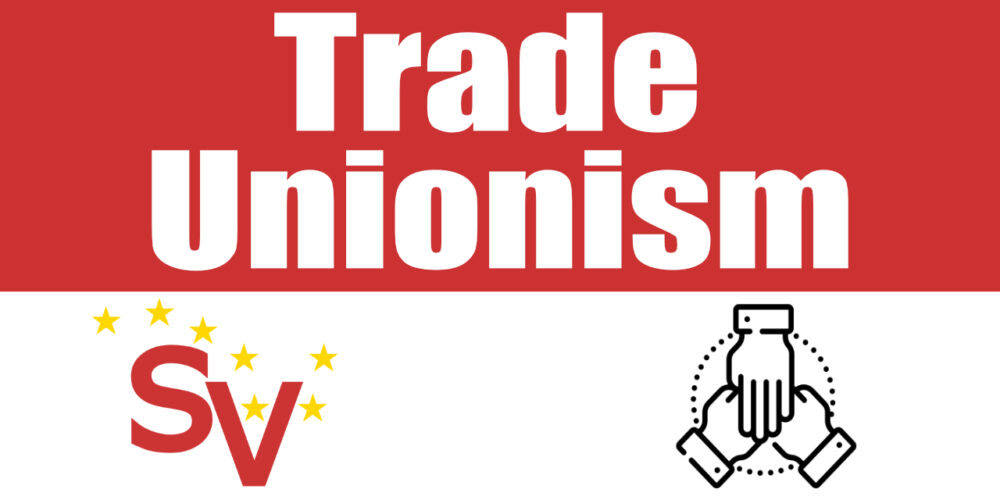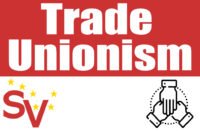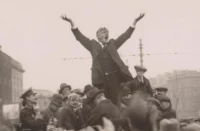National wage agreements with a private-sector aspect may re-emerge, given the current social costs of capitalism (the “cost-of-living crisis”). Within the CPI contributors have put forward hostile assessments of wage agreements—see Jimmy Doran, “Social partnership? No, thanks” (Socialist Voice, July 2020) or “Talk given by Graham Harrington from the Communist Party of Ireland at the Kranthi Commemoration in Dublin, 17 May 2022”.
However, these assessments over-estimate the negative effects of national wage agreements on working-class power.
Take wage restraint. Real wages increased under wage agreements, although in the 1990s, because of wage-restraint biases, the increase fell below the productivity rate. Without the wage-restraint element, pay increases for private-sector workers, particularly in the foreign-owned sector, could have been higher in the absence of national wage agreements.
However, the absence of incremental wage relativity gains in a capitalist context is not decisive for establishing working-class power. Local bargaining—no matter how militant—faces similar wage-restraint pressures, just at a different scale. If we consider the 2000s, wage increases outstripped productivity. Facing squeezed surplus value, employers (driven by the increased costs of reproducing Irish labour power) became less committed to wage agreements as the benefits disappeared.
So, on wages at least, the reality of wage agreements is not outright “class betrayal.”
Turning to density, decline is well known, but it preceded partnership, and continued in its absence. Membership, however, increased during the social partnership era, suggesting that workers saw continued value in unions. In the early 1990s the membership decline of the pre-partnership age stopped, and membership stayed more or less constant. During the second half of the decade, membership increased. By 2000, unions had reversed the membership losses of the 1980s. Membership levels reached a record.
However, increases in trade union membership did not keep pace with overall employment growth. That is derived, however, from shifting capital accumulation patterns and labour market effects, not partnership.
Consider strike trends. This also reflects structural patterns, but one observation is relevant: Ireland experienced two periods of significant increases in working days lost in the 1990s from industrial action in the run-up to new national agreements. That evidence suggests that unions could turn on the tap of industrial action among their members when they felt it warranted and feasible. Strike decline is independent of partnership, and the reality is more complex than leaders becoming “pacified.”
The partnership era also saw a turn to organising in the 2000s: the creation of the Organising Unit within SIPTU and the generalised push for collective bargaining rights. The Industrial Relations Acts (2001–2004)—secured by means of partnership—did create a credible amount of union activity in the non-union sector, delivering some modest results before the Supreme Court judgement of 2007. So, the reality of unions under partnership is more nuanced than demobilisation.
In sum, partnership was not the obstacle to developing working-class power that some imagine: it is the institutional structure of the capitalist economy and the political organisation of workers that matter, not the wage-bargaining level at which unions pivot. Indeed national wage agreements could hypothetically offer advantages: could not shop stewards use the economies of scale generated by wage agreements to turn their energy to local job control issues, for example?
The problem with social partnership in the Irish context is that union engagement derives from a position of structural weakness (and a comfortable public-sector orientation and limited aspirations). Unions have not either been able (or desired?) to use national wage agreements to entrench workers’ collective power institutionally. Instead, Irish unions go for the easier option of selling percentage wage increments to members.
Perhaps a better exchange for wage restraint than tax cuts is expanded job protections for workers, rendering them less dependent on individual employers? or creating substantial collective rights? or securing laws to support more significant encroachments on managerial autonomy in deploying labour-power?
Of course an alternative is to inflict a Sharon Graham-style “inflation-busting” wage-bargaining campaign locally instead. That strategy (despite its high-risk, high-cost basis) shows initial promise in providing immediate gains, at least in well-unionised establishments, although we need more evidence on a range of benchmarks to assess the full effects. Militant economism could expand union membership (although figures from Unite from 2020 to date show aggregate decline).
Militant economism cannot circumvent the capitalist problem of inflation by individual pay deals at the firm level. Inflation is a political question that requires us to address capitalist social relations of production.






